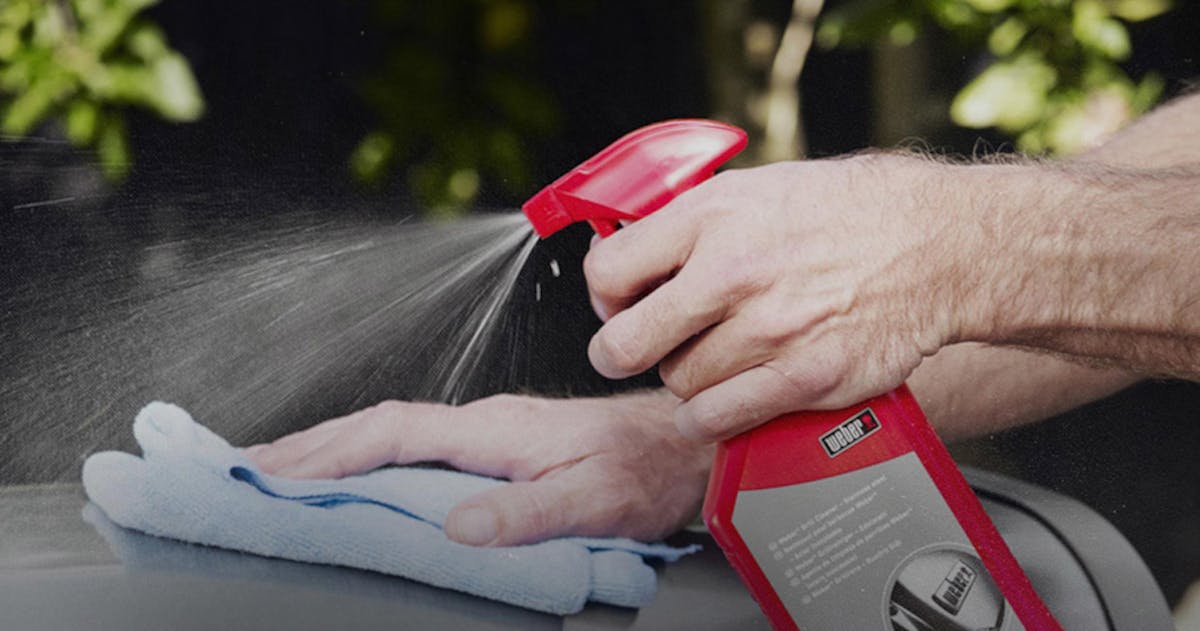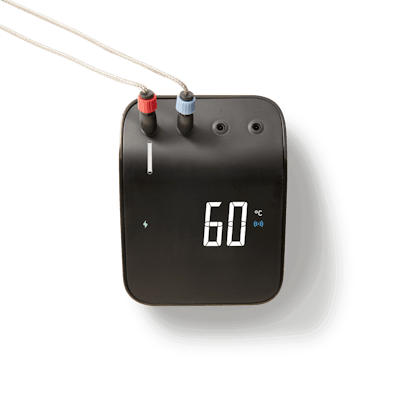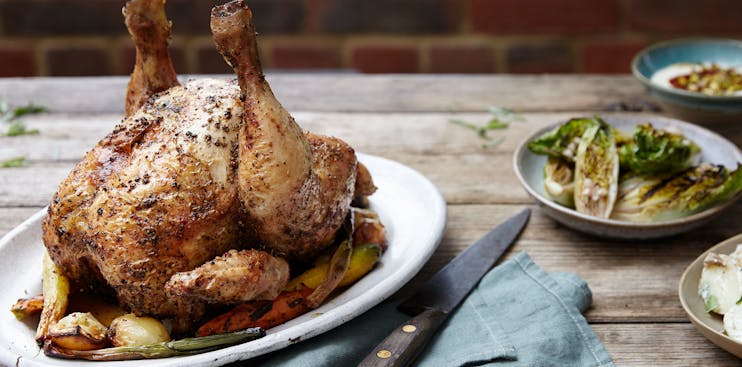How to Avoid
the Top 6 Barbecue Mistakes
for the Perfect Grill Session
Barbecuing is both an art and a science. And although there’s nothing quite like perfectly cooked barbecue food, there are common pitfalls to avoid on your way to grilling gold. Follow these top 6 do's and dont's to ensure your next BBQ goes off without a hitch.
1. Don’t forget to clean your barbecue regularly
Charred remains from your last barbecue flavours your food in ways you might not want, so cleaning your BBQ should always be your first step. It also keeps the grill in great condition and extends its life span. In addition, regular cleaning helps you BBQ as safely as possible.

Cleaning is key
Make cleaning easier by using the right tools:
- Grill brushes: these steel-bristle brushes are effective cleaners and come in a variety of sizes.
- Scraping tool: a barbecue scraping tool is ideal for loosening residual grease from inside your burner.
- Sponge: a two-sided sponge with a non-scratch scourer targets tough stains expertly.
- Cleaning sprays: a variety of special cleaning sprays are available for different surfaces, such as barbecue grates, enamel, and stainless steel.
- Microfibre cloth: a gentle cloth for wiping and polishing the exterior of your barbecue can be used on stainless steel and enamel models.
- Drip pans: as a preventative measure, you can place these trays at the bottom of the grill to collect grease and dispose of itl easier.
2. Don’t light the coals with lighter fluid
Lighting your coals with lighter fluid is a definite don’t. Doing so gives your otherwise delicious food a chemical aftertaste. Instead, always use lighting aids, such as Weber’s lighter cubes, to safely light your barbecue. For ultimate lighting ease, combine with the Rapidfire Chimney Starter, a handy device for heating your coals.
These types of products are designed to make it easier to get your barbecue to the correct cooking temperature. In addition to being the right way to light a BBQ, it’s also the safest and easiest way to achieve red-hot coals quickly.
3. Don’t start cooking without preheating the grill to your desired temperature
You should always preheat your barbecue to the desired cooking temperature. If your grill does not reach the optimal cooking temperature, you run the risk of overcooking your food by leaving it on the grill too long.
Placing food on a cold grill will never deliver perfect sear marks and smoky flavour. You’re also potentially creating more work for yourself since a a cold grill can lead to food sticking to the grate – so more clean up.
Preheating doesn’t take long and is worth the wait. For gas BBQs, make sure to turn your grill on for at least 10–15 minutes, before you start cooking to achieve the perfect feast. |
4. Don't guess when meat is done
How do you know when the meat is cooked? Cooking times are a rule of thumb. Use them only as a guide. The most reliable method is to use a thermometer to measure when your meat reaches the ideal temperature - when it does, it's cooked. Our helpful BBQ Smart Grilling Hub is the ultimate cooking assistant. It automatically monitors temperatures and sends notifications to your smartphone telling you when to flip and serve.
5. Don’t grill with the lid open
Grilling with the lid down is a golden rule of barbecuing. This not only controls the temperature but also ensures that smoke circulates inside the grill and infuses into your food, to create that perfect barbecue flavour.
Additionally, keeping the lid shut means your food gets juicier and cooks faster, saving you time and fuel in the process.

As tempting as it may be, keep the lid closed!
6. Don’t cook everything the same way
Did you know there are different BBQ techniques like the indirect, direct or 50/50 method? Learning these methods, and when to apply them, can take you from apprentice to barbecue master.
- The direct cooking method places food directly over the heat. It’s ideal for dishes that take less than 15 minutes to cook, or that need a nice sear, such as steaks and burgers.
- The indirect cooking method does not place food directly over the heat. The food cooks ‘indirectly’ through the heat circulating inside the barbecue. It’s great for foods that take longer than 30 minutes to cook, such as a roast.
- The cooking method uses a combination of direct and indirect cooking. This method can be used for food that takes between 15-30 minutes, such as thicker cuts of steak and sausages.
Avoid these pitfalls and you’ll be a grill master in no time. Why not put your new knowledge to the test with these delicious dessert recipes? Happy barbecuing!


